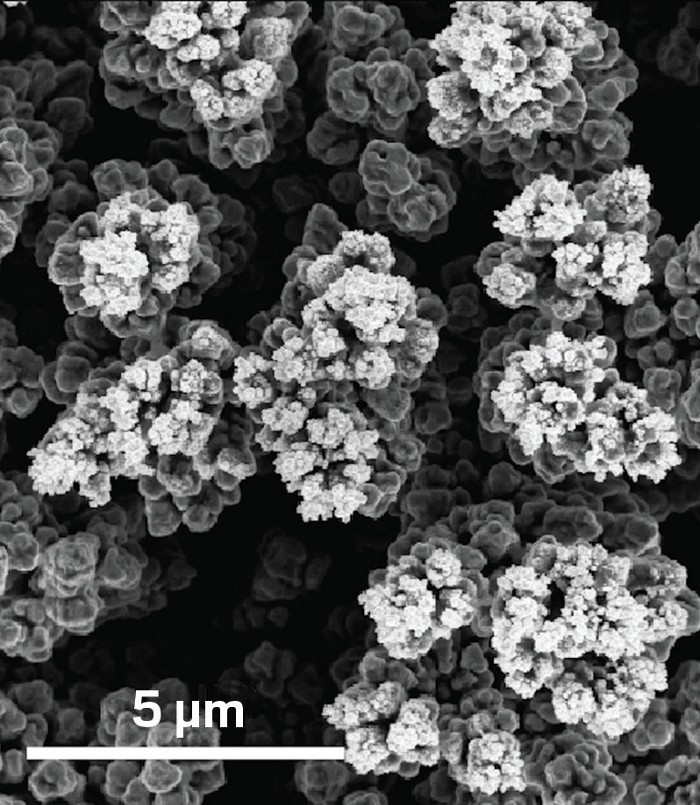[Nat. Mater.] Bio-inspired hydrophobicity promotes CO2 reduction on a Cu surface
We reported that a superhydrophobic surface was generated by 1-octadecanethiol treatment of hierarchically structured Cu dendrites, inspired by the structure of gas-trapping cuticles on subaquatic spiders. The hydrophobic electrode attained a 56% Faradaic efficiency for ethylene and 17% for ethanol production at neutral pH, compared to 9% and 4% on a hydrophilic, wettable equivalent.
